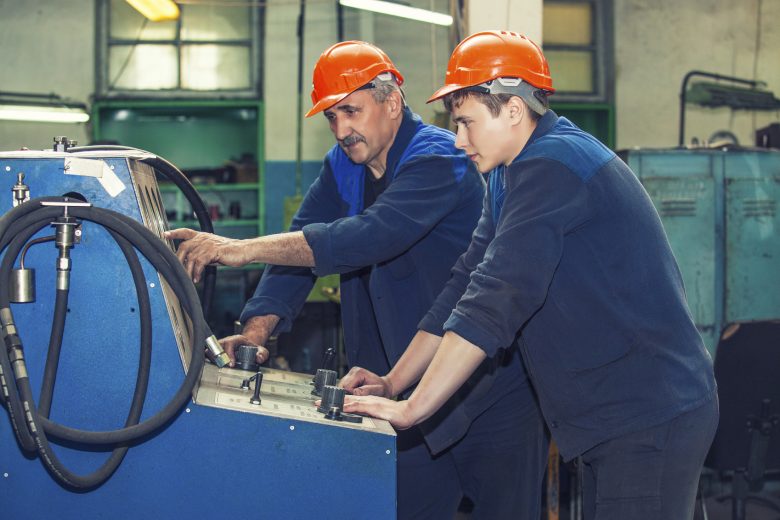There are a number of misconceptions about the term “human factors safety training”, from what human factors are to how the training works and whether it’s truly applicable in a safety context. As this type of training continues to gain popularity, it’s important for the safety industry to have a good understanding of exactly what it is—and isn’t.
In an attempt to dispel some confusion, here are four of the biggest myths about human factors safety training.
1. Engineering solutions can solve all your problems
It might be the liveliest debate among safety professionals today, but are engineering solutions sufficient to prevent all workplace incidents? No matter which side of the issue you fall on, there’s one thing that often gets overlooked—the workplace is only a fraction of the problem. Employees get hurt more off the job than they do at work. A lot more. And according to the Society for Human Resource Management, injuries that occur at home can negatively affect morale and productivity at work.
There’s no workplace safety engineering solution that will protect workers at home, and one of the core benefits of human factors training is that it applies not only at work but at home and on the road too.
2. You can’t fix “stupid”
The scariest incidents occur on the job site when people make mistakes around a vast amount of hazardous energy—like getting crushed by a massive dock plate. While horror stories such as these are enough to evoke widespread fear, the majority of workplace injuries occur on a much smaller scale. As Cheri Genereaux points out in her article “Ten Feet Tall and Falling”, most injuries in the construction industry are a result of run-of-the-mill occurrences like tripping on a rock, or twisting an ankle getting off a ladder.
This has led a few people to believe that some workers lack the presence of mind to avoid injury. In short, that they’re stupid—and that nothing can be done to help them. But as Cheri points out in her article, intelligence has nothing to do with safety awareness or strong safety habits.
Instead, it’s about helping people realize what causes them to make mistakes in the first place (namely, human factors) and giving them the tools to keep their eyes and mind on task. That’s why a good human factors training program can instill better safety behavior in anyone.
3. My company’s leadership will never support it
One of the most enduring challenges a safety professional must face is how to get management buy-in for a new safety initiative. This is where the full value of human factors safety training comes in. Because it improves personal awareness and helps workers focus on the task at hand, human factors training can provide a serious boost to the bottom line by reducing errors and improving efficiency.
So start speaking their language by making a business case for safety. Whether it’s discussing savings in workers’ compensation premiums, reductions in scrap material and costly errors, or improvements in production, there are a number of business benefits to implementing human factors training.
4. Behavior change is complicated
There are PhD programs that deal with behavior change and people may spend their entire lives studying the topic. But that doesn’t mean human factors safety training has to be complicated. In fact, the best programs are intuitive and easy to understand. They point out common patterns of human error, give workers practical skills to reduce the number of mistakes they make and help to create new habits in terms of being safer.
With that said, it does take work and you’ll want to work with an experienced partner because there is a natural resistance when you ask people to change their behavior. External trainers are almost always preferable, at least at the beginning of the training process, because in-house personnel often carry personal biases that will affect objective judgment and there are a few critical success factors that you need to be aware of.
If you need more convincing that behavior change doesn’t have to be complicated, see for yourself by registering for an on-demand webinar that outlines the straightforward approach to changing habits and awareness.

